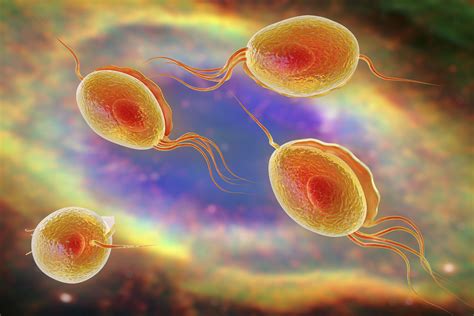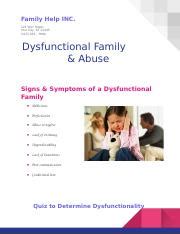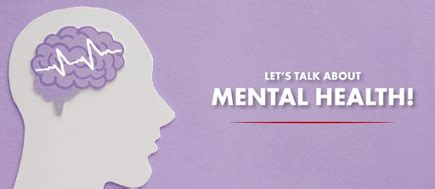Intro
Discover 7 crucial Trichomoniasis facts, including symptoms, treatment, and prevention of this sexually transmitted infection, to promote STD awareness and sexual health.
Trichomoniasis is a sexually transmitted infection (STI) that affects millions of people worldwide. Despite its prevalence, many individuals are unaware of the risks, symptoms, and consequences of this infection. It is essential to understand the facts about trichomoniasis to promote awareness, prevention, and treatment. In this article, we will delve into the world of trichomoniasis, exploring its causes, symptoms, diagnosis, treatment, and prevention.
Trichomoniasis is a significant public health concern, particularly among young adults and individuals with multiple sexual partners. The infection can cause uncomfortable symptoms, such as itching, burning, and discharge, which can lead to more severe health problems if left untreated. Furthermore, trichomoniasis can increase the risk of acquiring other STIs, including HIV. Therefore, it is crucial to educate oneself about the risks and consequences of trichomoniasis to protect one's health and well-being.
The importance of understanding trichomoniasis cannot be overstated. By learning about the causes, symptoms, and treatment options, individuals can take control of their health and make informed decisions about their sexual well-being. Additionally, awareness about trichomoniasis can help reduce the stigma associated with STIs, encouraging individuals to seek medical attention and discuss their concerns openly with their healthcare providers. In the following sections, we will explore the key aspects of trichomoniasis, including its causes, symptoms, diagnosis, treatment, and prevention.
What is Trichomoniasis?

Cause and Transmission
Trichomoniasis is caused by the Trichomonas vaginalis parasite, which is typically spread through sexual contact with an infected person. The parasite can survive outside the body for a short period, allowing it to be transmitted through contaminated objects or surfaces. However, the primary mode of transmission is through sexual intercourse, making it essential to practice safe sex and use protection to reduce the risk of infection.Symptoms of Trichomoniasis

Diagnosis and Testing
Diagnosing trichomoniasis typically involves a physical examination, medical history, and laboratory tests. Healthcare providers may perform a pelvic exam to check for signs of infection, such as unusual discharge or inflammation. Laboratory tests, such as wet mounts or cultures, can confirm the presence of the Trichomonas vaginalis parasite. In some cases, healthcare providers may use molecular tests, such as PCR (polymerase chain reaction), to detect the parasite's DNA.Treatment and Management

Complications and Risks
If left untreated, trichomoniasis can lead to several complications, including: * Increased risk of acquiring other STIs, such as HIV * Pelvic inflammatory disease (PID) in women * Prostate inflammation in men * Infertility or pregnancy complications * Transmission of the infection to newborns during childbirthPrevention and Protection

Public Health Concerns
Trichomoniasis is a significant public health concern, particularly among young adults and individuals with multiple sexual partners. The infection can lead to serious health complications, such as infertility and increased risk of HIV transmission. Therefore, it is essential to promote awareness and education about trichomoniasis, encouraging individuals to seek medical attention and practice safe sex.Stigma and Awareness

Future Directions
Future research and development should focus on improving diagnostic tests, treatment options, and prevention strategies for trichomoniasis. Additionally, public health campaigns should aim to promote awareness and education about the infection, reducing stigma and encouraging individuals to seek medical attention.Conclusion and Final Thoughts

We invite our readers to share their thoughts, experiences, and questions about trichomoniasis in the comments section below. Your feedback and engagement are crucial in promoting awareness and education about this important topic. Additionally, we encourage readers to share this article with their friends, family, and social networks, helping to spread the word about trichomoniasis and its importance.
What is the main cause of trichomoniasis?
+Trichomoniasis is caused by the Trichomonas vaginalis parasite, which is typically spread through sexual contact with an infected person.
What are the common symptoms of trichomoniasis in women?
+Common symptoms of trichomoniasis in women include abnormal vaginal discharge, unpleasant odor, itching or burning in the vagina or vulva, painful urination, and abdominal pain or tenderness.
How is trichomoniasis typically treated?
+Trichomoniasis is usually treated with antibiotics, such as metronidazole, which is taken orally for 5-7 days.
